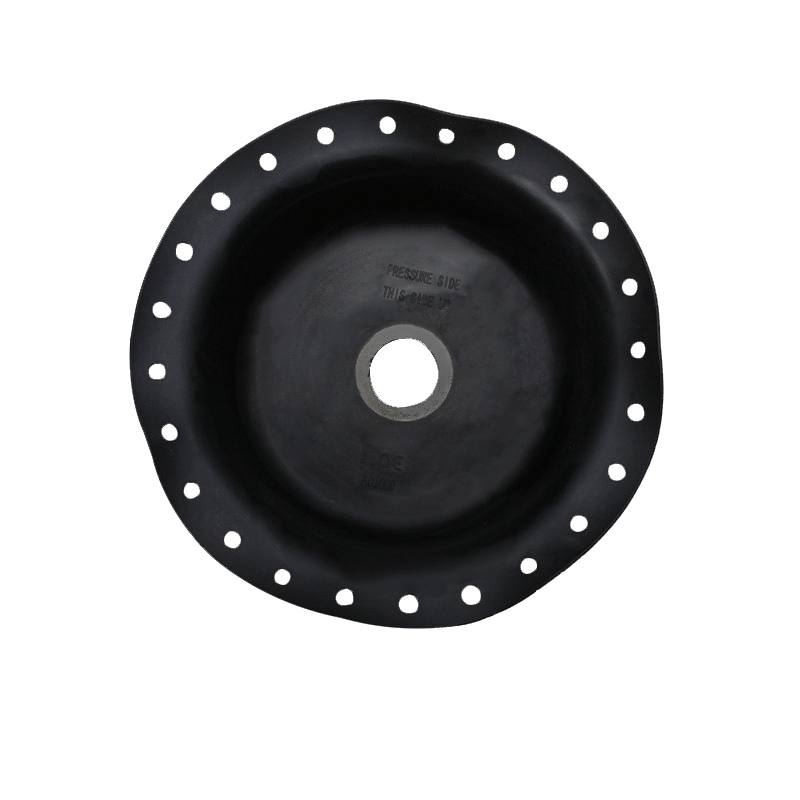
Hangzhou Biaozheng Rubber Plastic Fittings Factory
Professional rubber diaphragm research design and manufacturing

Hangzhou Biaozheng Rubber Plastic Fittings Factory
Professional rubber diaphragm research design and manufacturing
Depending on the design and the application, a rubber d […]
Depending on the design and the application, a rubber diaphragm is a flexible barrier between two chambers of a fluid system. It is used to provide a seal for pumps, valves and actuators.
Various types of materials are used to make rubber diaphragms. Chloroprene rubber is known for its high durability and weather resistance. It is also resistant to ozone and UV rays. Nitrile rubber is also used to make diaphragms.
EPDM rubber is a popular choice for diaphragms because of its excellent weather resistance and resistance to low temperatures. It can be applied in temperatures as low as -112 degrees Fahrenheit. It also has strong resistance to ozone and has solid mechanical properties.

HNBR rubber is also used in applications where there is a need for high heat and chemical resistance. It is usually chosen for applications such as gasoline, kerosene, paper mills, and the oil fields. Nitrile rubber diaphragms are also useful in hot oil environments without degrading.
Another type of rubber diaphragm is fabric reinforced. The fabric is sandwiched between two layers of elastomer to provide additional sealing properties. Fabrics that are used include nylon, silk and polyester.
A fabric reinforced diaphragm features a bead, or raised rubber ridge around the diaphragm. The bead is usually a hole for an ID. The groove compresses the bead to seal the diaphragm.
Metal bonding is also possible for rubber diaphragms. This offers advantages during assembly and during operation. But, metal bonding must be carefully planned during the design stage. It is essential to avoid sharp materials interacting with the rubber.
We are Custom Rubber Diaphragm Valves Manufacturers and Pneumatic Actuator Valve Diaphragm Suppliers in China. All sub-suppliers are inspected and reviewed, and all product procurements are conducted only in qualified sub-suppliers. The raw materials, purchased parts, and outsourced parts provided by the sub-suppliers must undergo a rigorous review when entering the factory.

Copyright © Hangzhou Biaozheng Rubber Plastic Fittings Factory All Rights Reserved. Technical Support:Smart cloud >